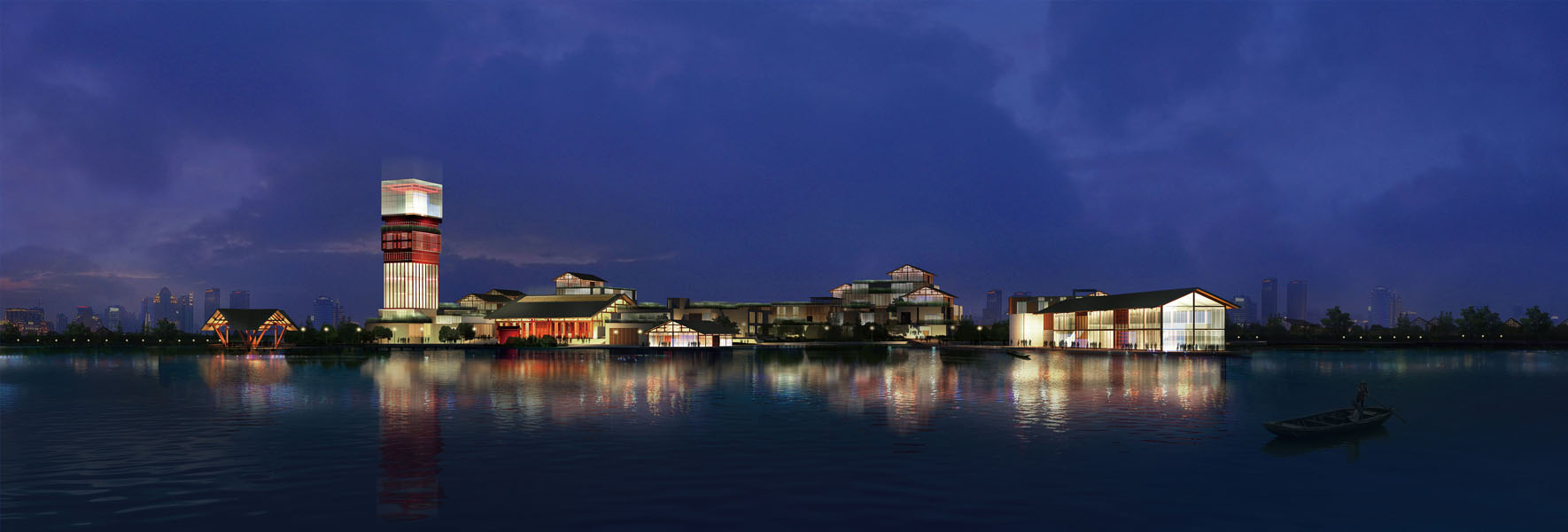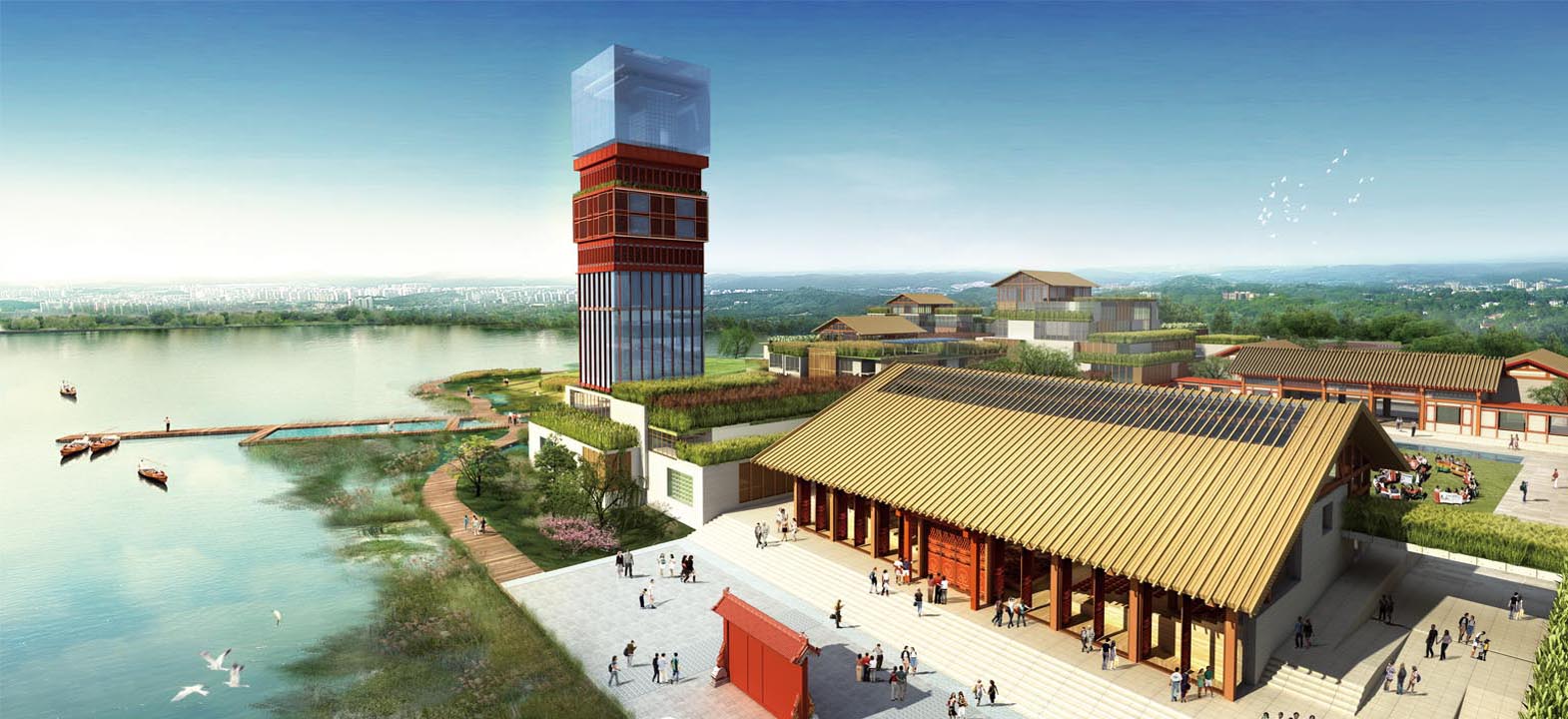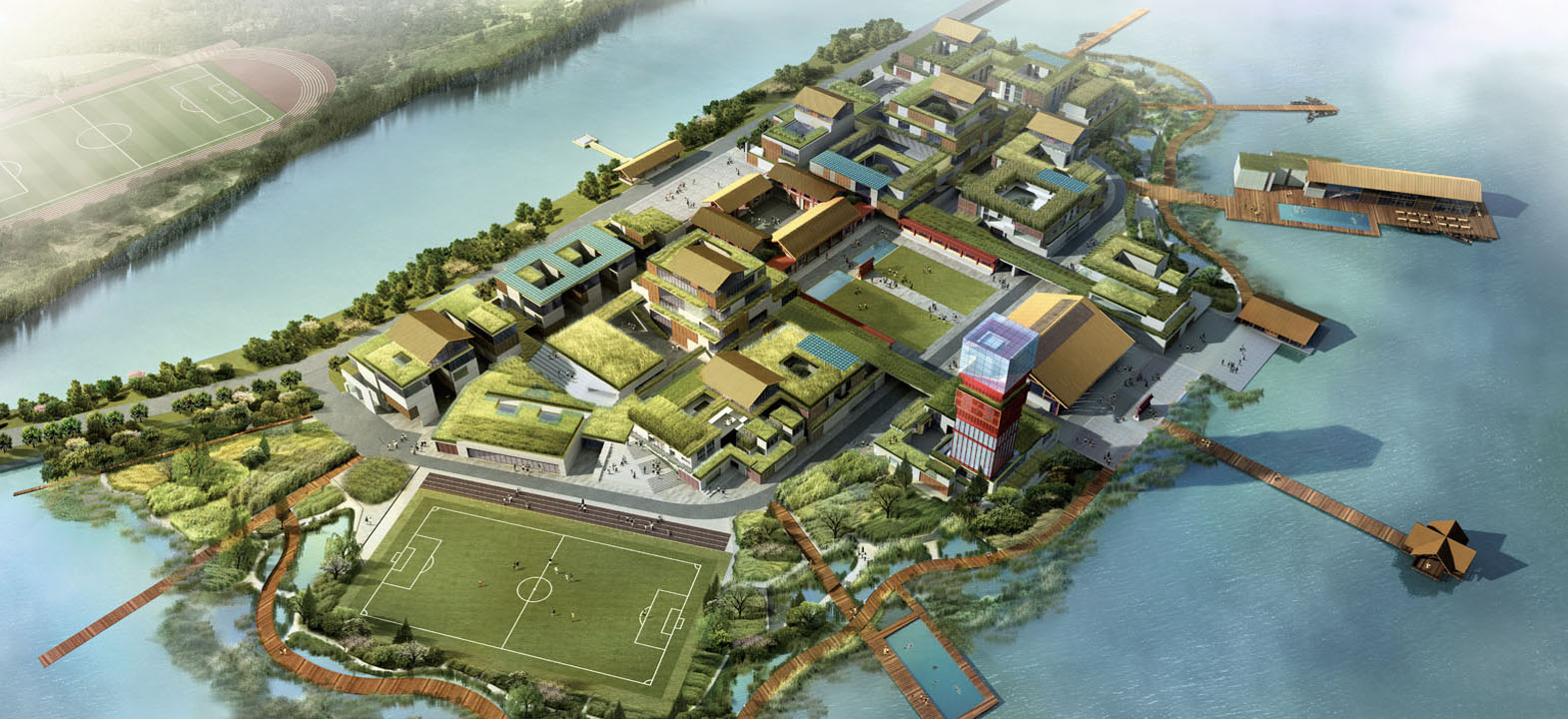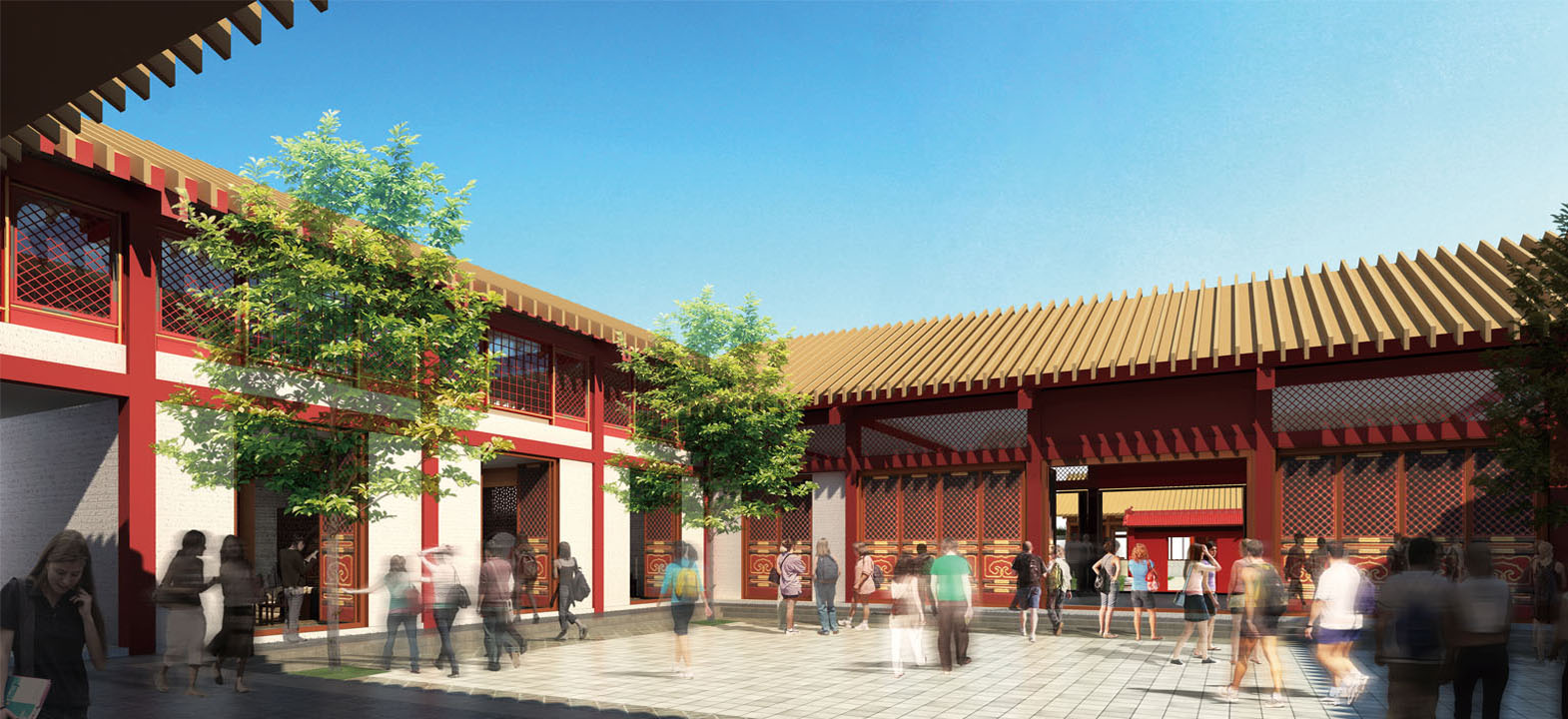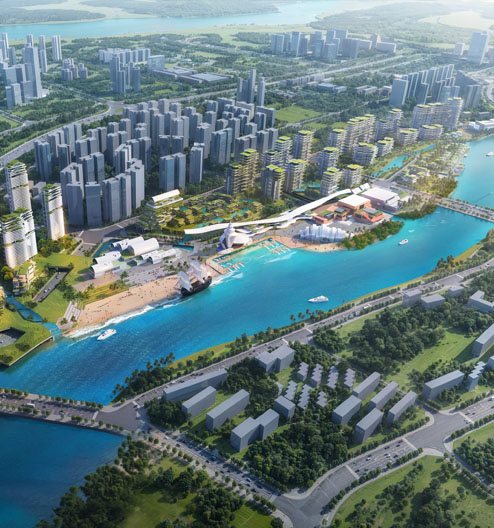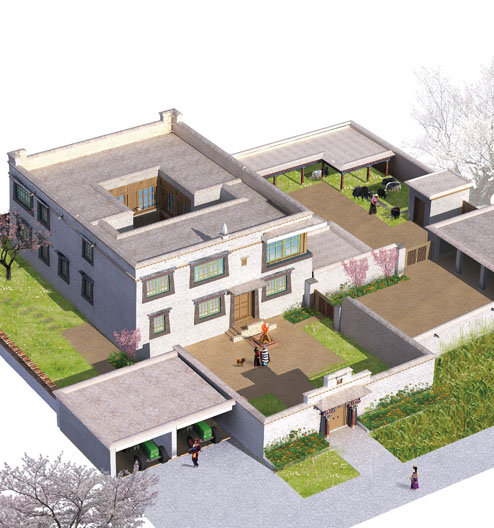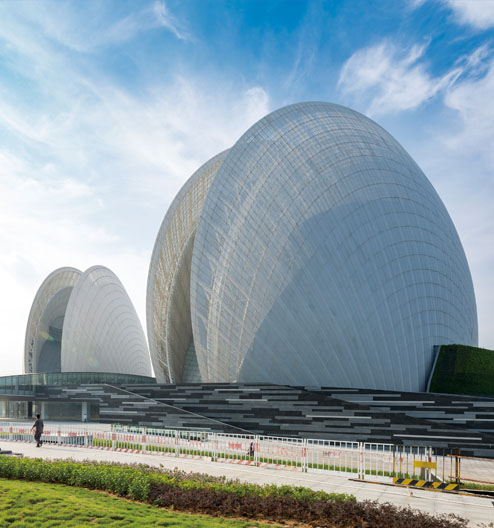UWC World United College
The United World College is the only educational institution in the world that provides international preparatory education for the whole world. With the educational concept of “enhancing international understanding, promoting human peace and realizing sustainable future”, it advocates the selection, living, and learning of young elites from different races, religions, political opinions or rich and poor backgrounds from all over the world. It has successively worked in 14 countries, including the United Kingdom and the United States and regional branches are established, with students in more than 140 countries around the world. UWC China Changshu United World College is located on the bank of Kuncheng lake, Changshu, Jiangsu Province.
Changshu is located in the water town of the south of the Yangtze River, known as the “blessed place of the south of the Yangtze River”, and is one of the birthplaces of Wu culture. UWC China Changshu United World College is committed to providing transformation education centered on learning the Chinese language and culture, cultivating social entrepreneurship and promoting environmental protection.
When designing UWC United World College, Prof. Chen Keshi combining the international characteristics and regional characteristics, using the modern interpretation of traditional architecture and the theory of ecological aesthetics design to propose a modern school that not only has strong Chinese traditional architectural charm but also has the elements of the times and is full of environmental conservation and ecological concepts.
The mission of UWC school is to unite different countries, cultures, and races through the power of education, to achieve a peaceful and sustainable world. According to this mission, Prof. Chen Keshi established the design concept as harmony, sustainability, and balance, so that young life can grow healthily in China. For this reason, Prof. Chen Keshi determined his design philosophy as follows: regionality - the integration of symbolism design language; artistry - extraction of classical Chinese architectural elements; originality -- application of Fengshui concept to adapt the circumstances. Around this design philosophy, create a beautiful environment and space system to enrich the spiritual space of students, let the traditional and classic Chinese architectural art bring students wonderful campus feelings.
In traditional Chinese architecture, the design of the central axis has special significance. Confucian temples in ancient China are schools for learning Confucian classics. Local Confucian temples usually arrange buildings along the North-South central axis, placing core buildings and landscapes such as Yingbi wall, Panchi pool, Lingxingmen door, Jimen gate and Dacheng hall on the central axis. Secondary wing rooms and supporting rooms are arranged symmetrically on both sides of the axis. In the design scheme, the building of Yuelu Academy, such as the first gate, main entrance, the second gate, lecture hall, Confucian temple, studio, and imperial library, are arranged along the central axis, symmetrical from north to south, and the shape of the Confucian temple is juxtaposed with the academy. The lecture hall is the core part of Yuelu academy and the center of important etiquette activities such as lectures and propaganda. In architectural design, it is necessary to activate Chinese traditional architectural elements in UWC, extract and refine various design elements of Chinese classical architecture.
The traditional Chinese Fengshui concept takes rivers as the auspicious place while Kuncheng Lake next to the project site. According to the Fengshui concept of “Quzeguiji” (prosperous places are basically located in the twists and turns of the river), the design scheme puts the spatial environment as the Fengshui pattern of “back water, face street” The main building is built on the back of the river. Two groups of buildings are used to protect the mountains on the left and right sides respectively. The atrium is built in the center, creating a pattern of “surrounded by lakes and school in the middle” The Fengshui concept of favorable time and place makes the whole campus system more green and sustainable. The principle of moderate center in geomancy requires that the secondary buildings should be closely around the center, to achieve the geomancy pattern of the stars and the moon. Therefore, the design scheme adopts the traditional architectural layout mode of axial symmetry, which arranges the important buildings with a longitudinal axis as the main axis, and the secondary buildings are distributed on both sides of the central axis. In ancient urban social life, due to the advocacy of Confucianism, great attention was paid to cultural architecture. Fengdeng hall is a typical cultural and educational building, which is the core of the academy. The design scheme follows the Fengshui principle of Wendong and Wuxi, and is located in the east of the base. In the design scheme, the building is enclosed by several single units to form a patio, and the rainwater from the inner slope of the roof flows into the patio from four sides, forming a four water Fengshui pattern, which plays the role of ventilation and drainage.
UWC United World College of Changshu, China has listed the transformation education with environmental protection as the core as one of the important teaching contents, and Prof. Chen Keshi's ecological aesthetic design concept coincides with it. In the scheme design, the school will be built into a sustainable green campus, which will provide teachers and students with a healthy and efficient working, learning and living environment, while also saving resources and protecting the environment. A large number of flexible and multi-functional spaces are created in the design to ensure that each space can play its maximum role. Passive and natural methods are used to keep the environment comfortable and minimize the depth of the building to improve natural ventilation and lighting. The design is based on the green ecological and green campus building standards and is committed to building the campus into the first gold-level LEED campus in China.
The plan adheres to the traditional design concept and promotes the learning and lifestyle of “fishing, woodcutting, farming and reading” in ancient China. Combining with the characteristics of agricultural plants to build a roof garden, while emphasizing the functional attributes of the campus landscape, and striving to create a campus farming environment for teachers and students to enjoy. The use of traditional Chinese crops and local vegetation as the landscape base highlights the regional characteristics of Chinese farming culture. The scheme focuses on ecological design and forms a radiation landscape group through paddy field, green land, and courtyard through the compound road network. Through the combination of the circular plank road and the ecological wetland, it provides an ecological sports track on the campus, creates a unique sports environment, protects the soil green space, forms a good campus ecological environment, and introduces the natural flavor into the new campus landscape. The Chinese traditional rural landscape design concept “Glorious flowers in spring and solid fruits in autumn” not only brings four seasons sceneries but also makes teachers and students close to nature and experience colorful rural interest.
